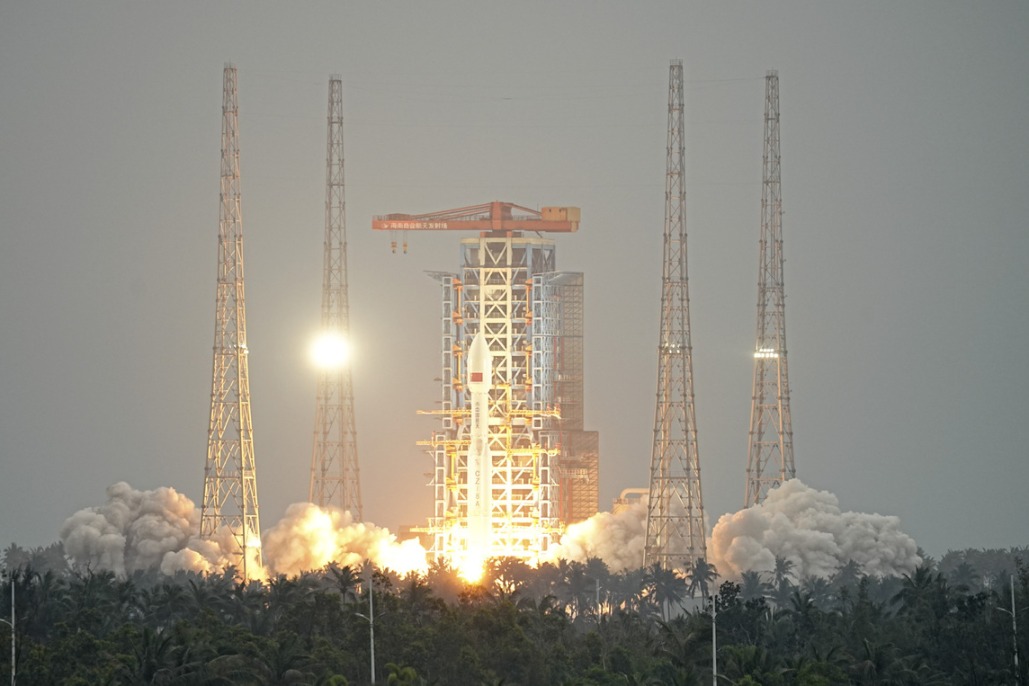Shanghai scientists devise method to measure mass of Milky Way galaxy


Scientists at the Shanghai Astronomical Observatory (SHAO) of the Chinese Academy of Sciences have found a novel method to measure the mass of the Milky Way galaxy based on temperature measurements of the hot diffuse gas in the Milky Way halo.
A paper about the research was published in the Astrophysical Journal Letters in late November.
The method proposed by professor Guo Fulai and his team uses the hot halo gas as a tracer for Milky Way mass. The research group investigated the spatial temperature and density distributions of the halo gas, its observational signatures, and its interplay with energy processes in the Milky Way galaxy over the past few years.
Scientists found that temperature is the key quantity for collisional hot gas when measuring the mass of the Milky Way galaxy. Based on the observed halo gas temperature from X-ray observations, the research group derived a new constraint on the mass – it is 1.2 to 3.0 trillion times the mass of the Sun.
Scientists said that the findings implies that large satellite galaxies of the Milky Way, such as the Magellanic Clouds and the Leo I dwarf spheroidal, are bound to it.
The findings also imply that a large fraction of baryons are missing in the Milky Way galaxy, even when the hot halo gas is taken into account. These missing baryons may reside beyond the MW halo or in a cool phase that has not yet been detected, said the research group.
Such findings also reminded researchers that the so-called "too-big-to-fail" problem in contemporary cosmology is still severe, potentially challenging the cold dark matter theory in the standard paradigm of cosmology.
Guo said, "The most important contribution of our work lies in that it provides an independent way to measure the Milky Way mass, which can be constrained much more stringently when combining with previous kinetic methods."
- China launches satellite to aid in early extreme weather detection
- Report on mining accident that killed 6 suggests accountability for 42 individuals
- Law aimed at bolstering standard Chinese language education passed
- Connecting cities, changing lives
- World's longest expressway tunnel opens to traffic
- Taiwan lawmakers vote to pass motion to impeach Lai





































